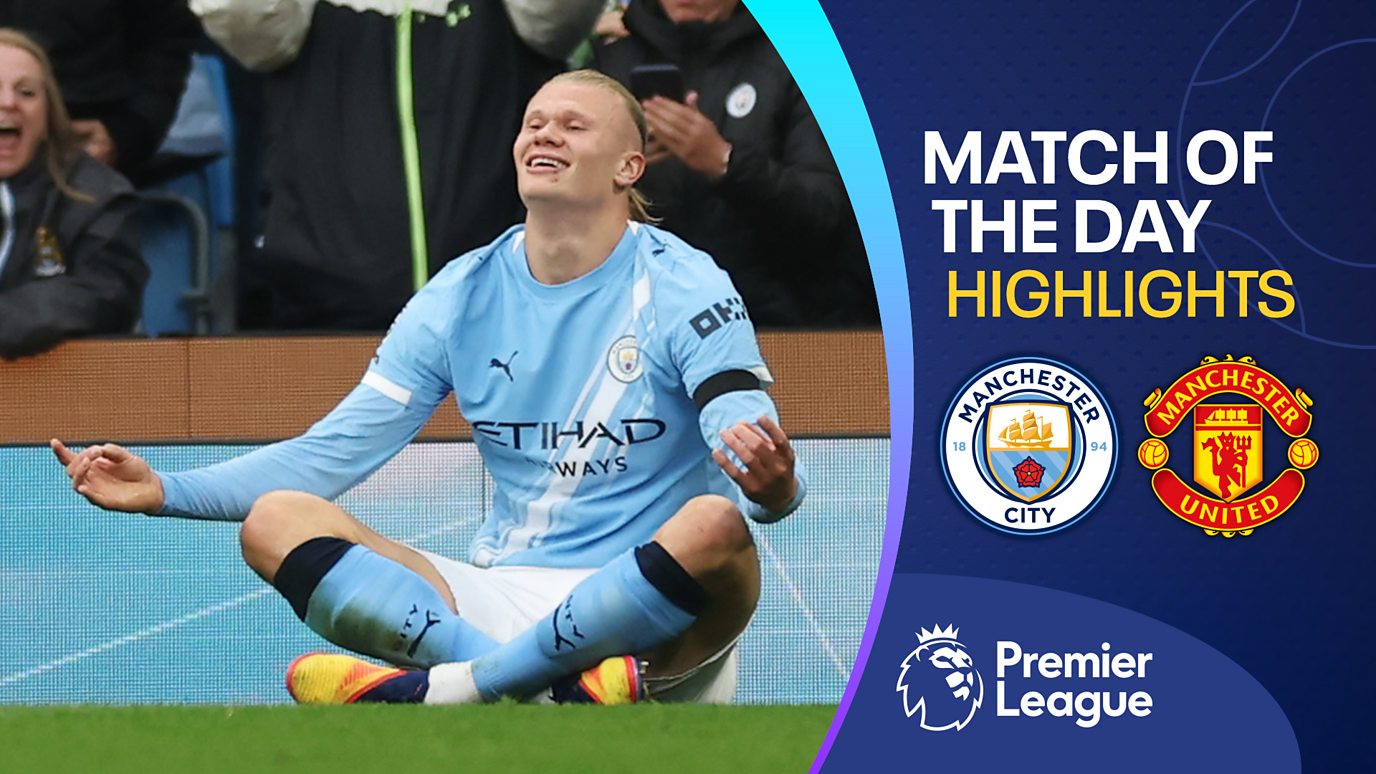
Where the Manchester derby was won and lost
Where the Manchester Derby Was Won and Lost: Tactical Breakdown of City’s 3-0 Masterclass
Manchester City dismantled Manchester United 3-0 at the Etihad in a clinical display of tactical superiority. While questions mount around Ruben Amorim’s rigid philosophy, Pep Guardiola once again demonstrated the value of adaptability, midfield control, and intelligent player usage.
Let’s break down exactly where this Manchester derby was won and lost.
1. City’s Left-Side Overload: Creating a 4v2 in Midfield
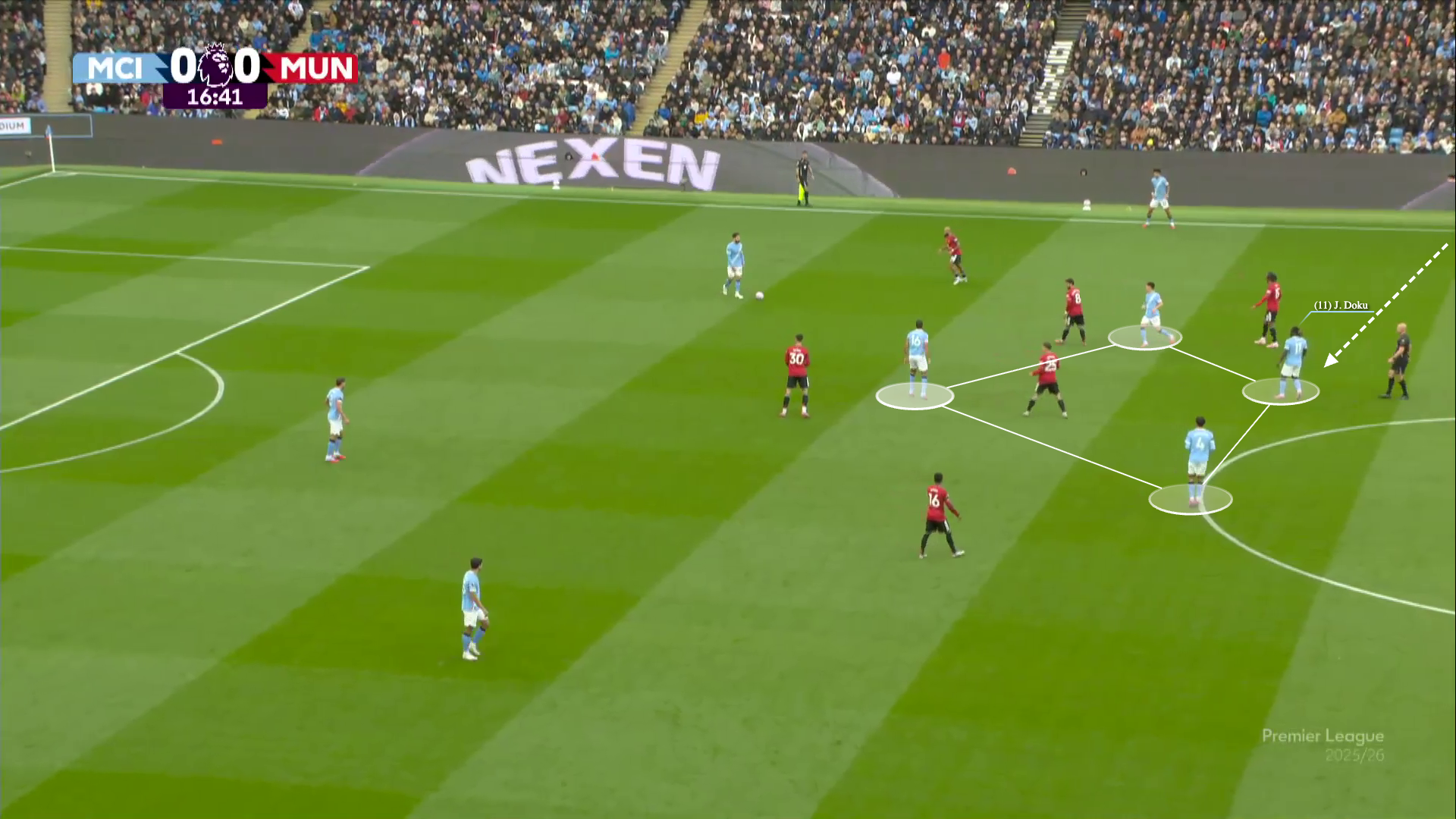
O’Reilly stands on the touchline, Doku moves into midfield and City have an overload centrally
Guardiola’s game plan was clear: exploit United’s defensive structure by overloading midfield zones, particularly through the left.
-
Nico O’Reilly, City’s left-back, positioned wide to draw Noussair Mazraoui out.
-
This freed Jeremy Doku to move centrally, which, combined with Rodri, Phil Foden, and Tijjani Reijnders, created a midfield box around United’s double pivot: Bruno Fernandes and Manuel Ugarte.
-
It mirrored Fulham’s successful setup earlier this season, where Alex Iwobi vacated his wing to create central overloads.
This caused constant decision-making dilemmas for United’s wing-backs and centre-backs — and they often chose incorrectly.
2. United’s Disjointed Pressing Structure
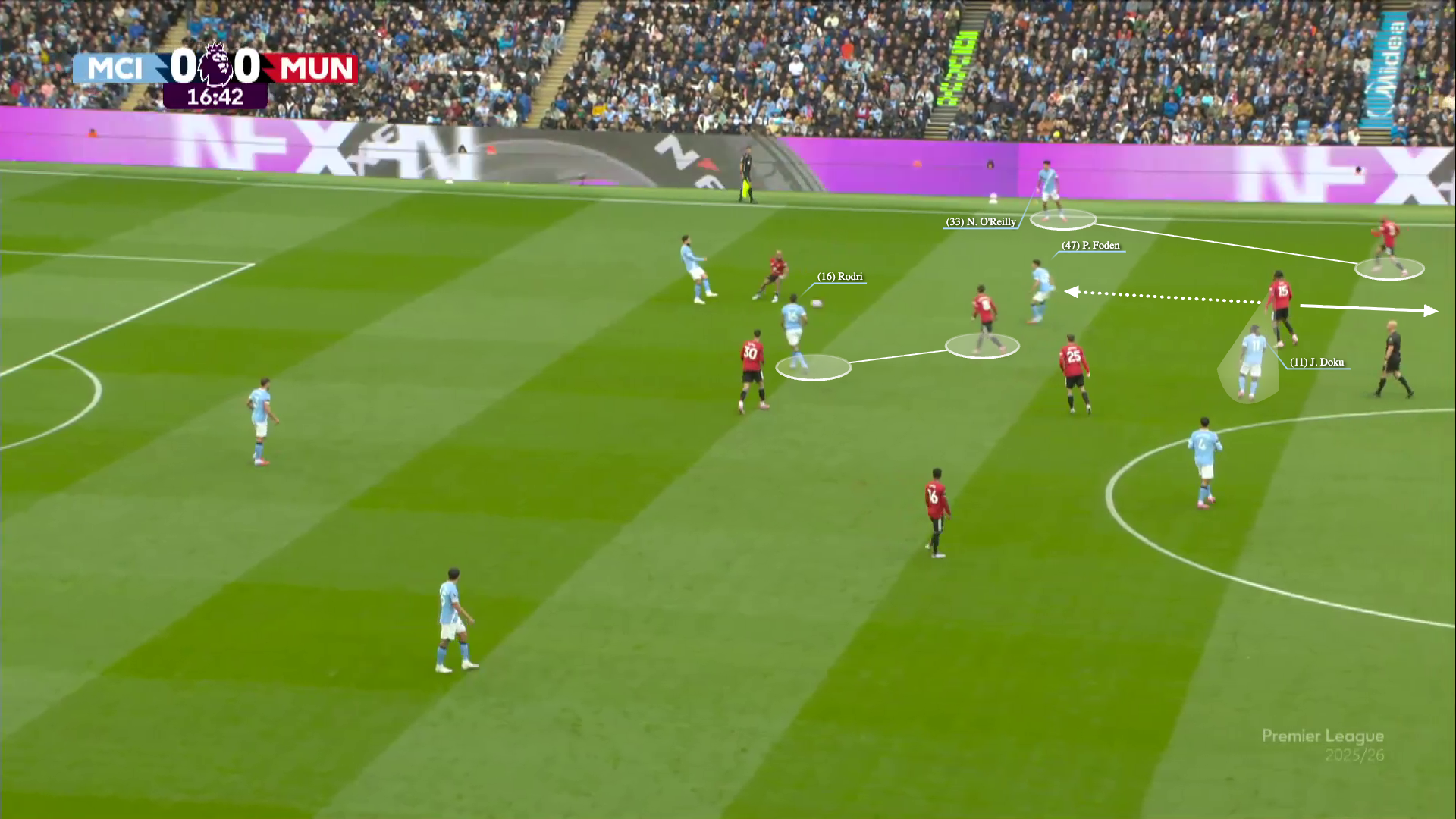
Yoro was tasked with stepping up to press Foden but Doku’s movement infield meant he had an extra player to pay attention to
Amorim’s system relies on aggressive pressing from wide centre-backs, but the execution fell apart:
-
Leny Yoro, United’s right-sided centre-back, was tasked with pushing up on Doku — a tough ask against a player dropping deep and roaming.
-
Without full commitment to man-marking or zonal responsibility, United’s pressing broke down.
-
Bruno Fernandes acknowledged this post-match:
“We gave too much space on the pitch… we needed to be braver.”
The lack of cohesion meant City could consistently find a free man in midfield, breaking the first line of pressure with ease.
3. City’s Clever Use of ‘Pinning’ Tactics
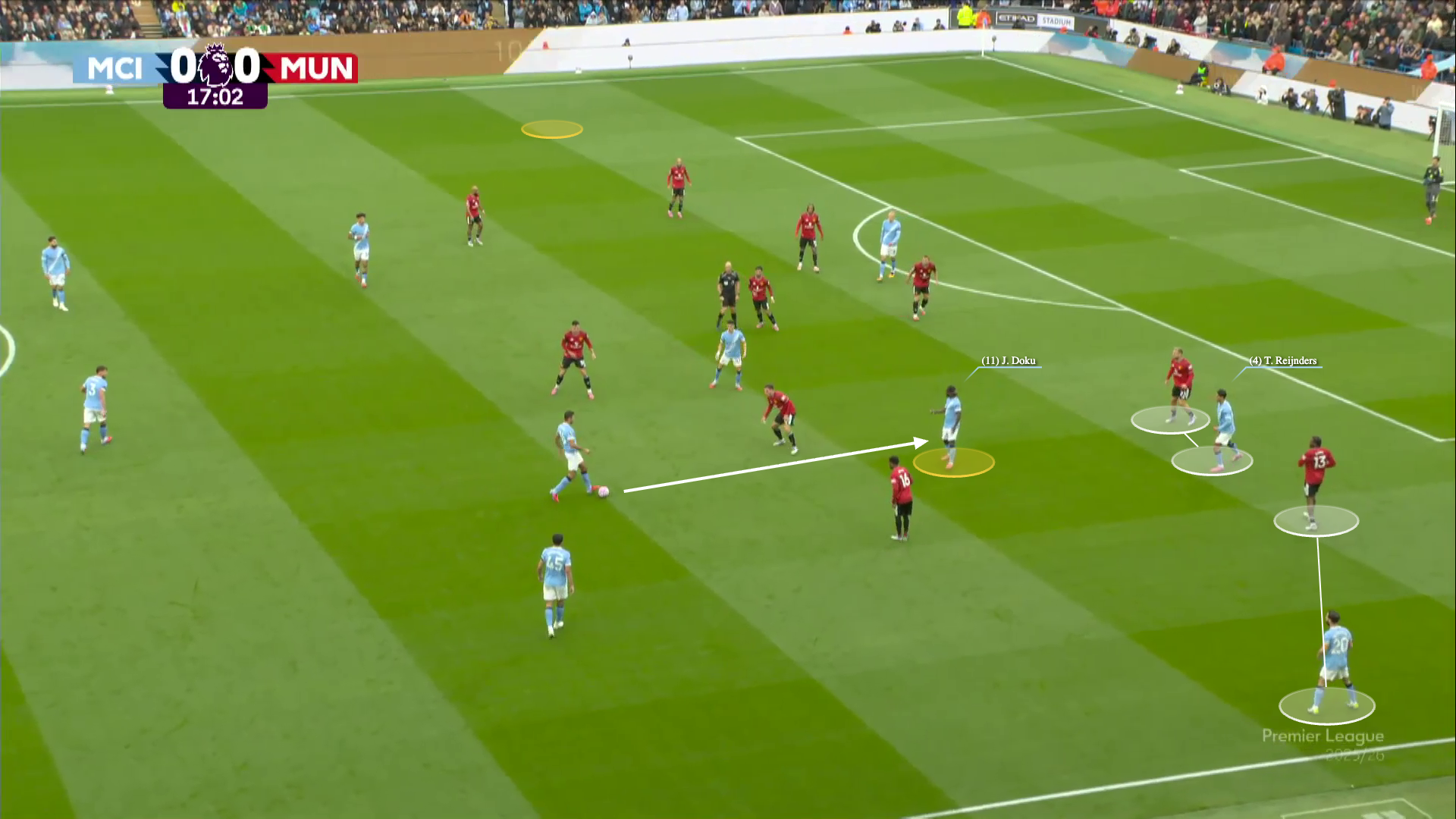
With Shaw focused on Reijnders, Doku can receive the ball without pressure.
Pinning — strategically placing players to lock defenders into position — was executed brilliantly by City:
-
O’Reilly pinned Mazraoui to the touchline.
-
Reijnders pinned Luke Shaw, freezing the left side of United’s back five.
-
This allowed Doku to float inside unmarked, creating space and chaos.
This manipulation of positioning blunted United’s structural reactions, preventing the kind of pressing Amorim’s system is built on.
4. Midfield Tracking Failures and Defensive Gaps
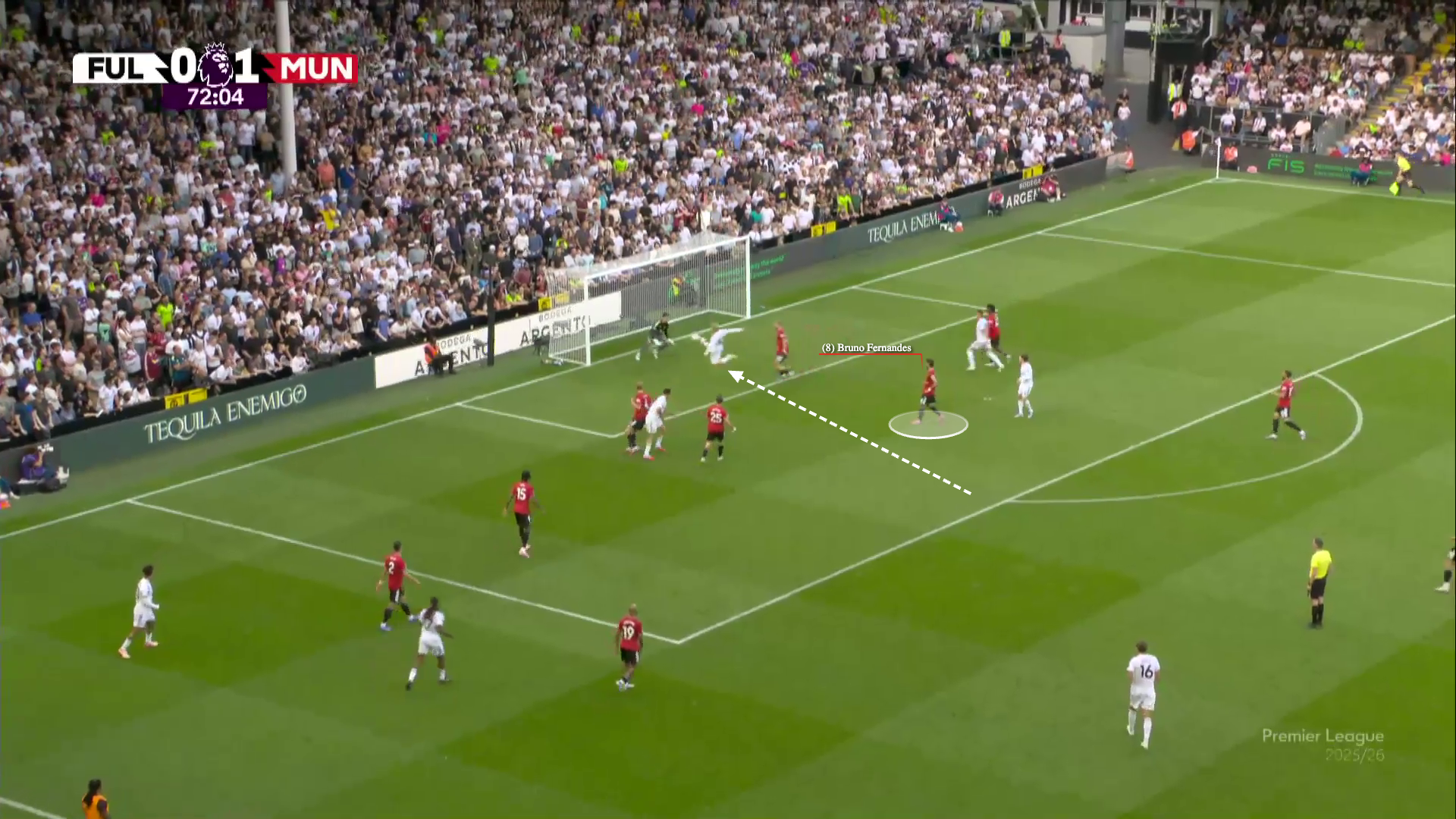
Smith Rowe arrived in the box without being tracked for a first-time finish
On the opening goal, United had bodies in the box but not minds switched on:
-
Fernandes and Ugarte were present but allowed Foden to ghost in.
-
This failure to track midfield runners has become a recurring issue, notably also seen in the Fulham loss (Smith Rowe’s goal).
Fernandes’ attacking instincts and lack of defensive awareness were again exposed, raising questions about role suitability within Amorim’s fixed structure.
5. Guardiola Adapts, Amorim Doesn’t
The biggest contrast in the dugout?
-
Guardiola adapted his setup: Doku inside, Foden deeper, O’Reilly wide, even Donnarumma’s direct distribution hinted at tactical flexibility.
-
Amorim refused to compromise:
“When I want to change my philosophy, I will change. If not, you have to change the man.”
That philosophy might bring long-term rewards, but short-term issues are mounting, and unlike Guardiola, Amorim seems reluctant to tweak roles or structure to solve immediate problems.
Final Verdict
Manchester City:
-
Tactical Overloads
-
Use of Pinning and Movement
-
Flexible Structure to Exploit Weaknesses
Manchester United:
-
Disjointed Press
-
Poor Role Fit (e.g., Fernandes in defensive transitions)
-
Lack of Tactical Adaptation
The 3-0 scoreline wasn’t just about talent — it was about systems. Guardiola’s adjustments were proactive and effective; Amorim’s rigidity was punished.
If United want to reverse course, they may not need a whole new team — but they may need a new tactical blueprint.

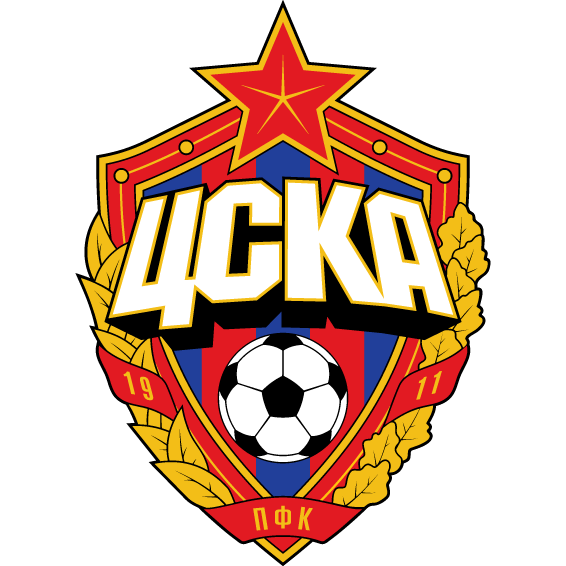
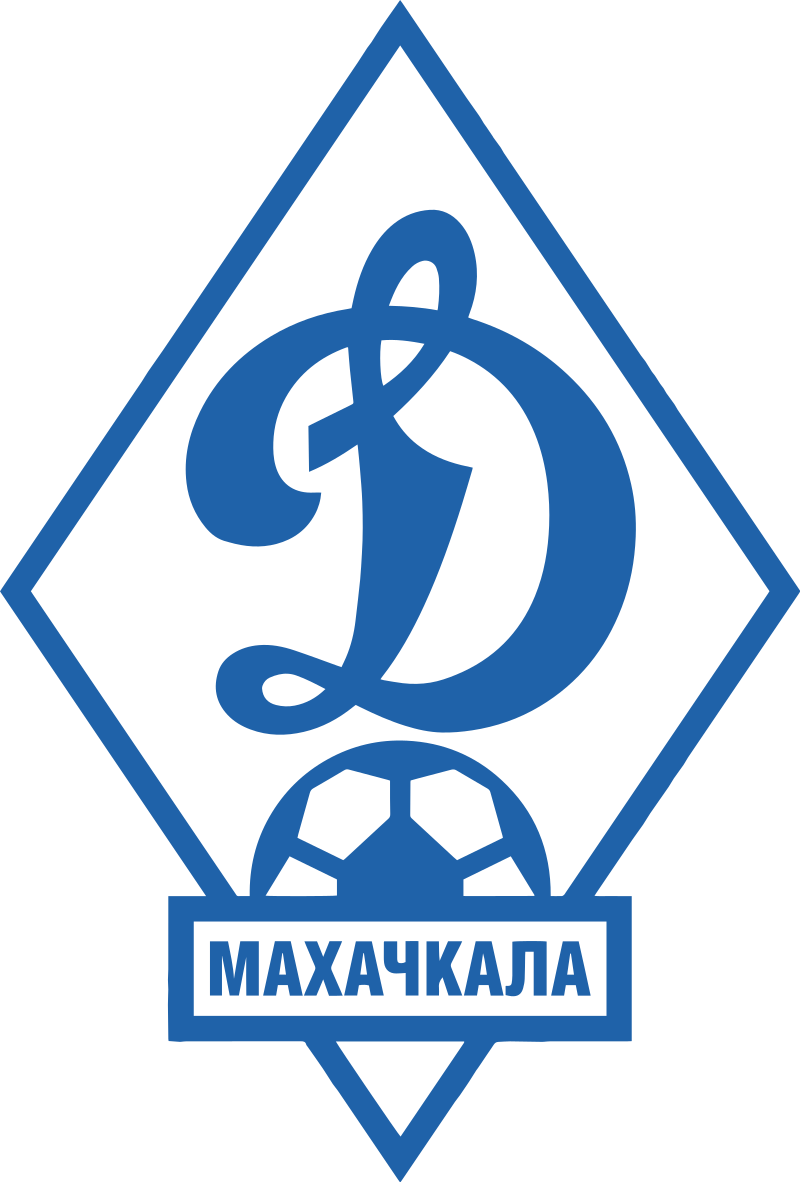
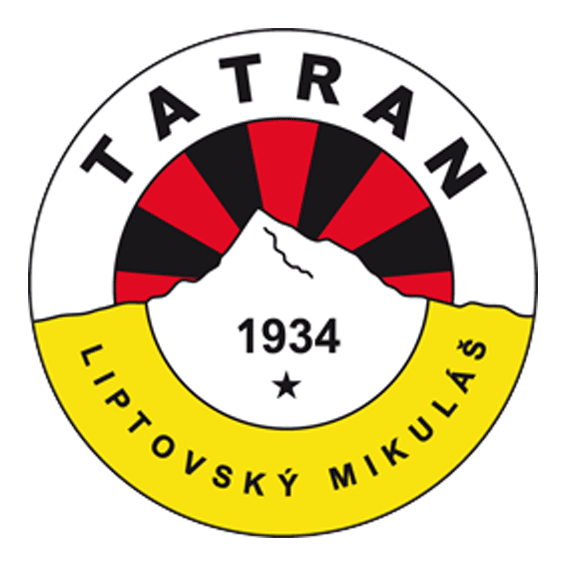


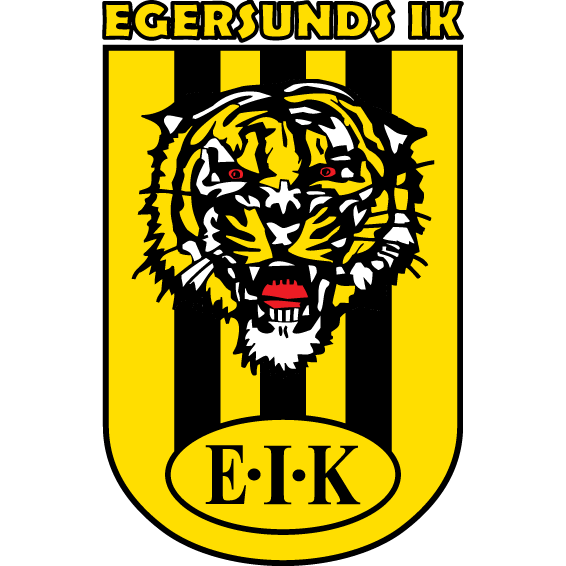



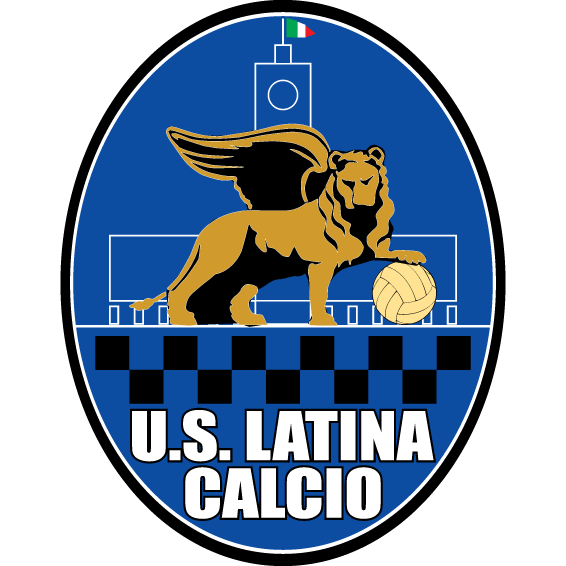
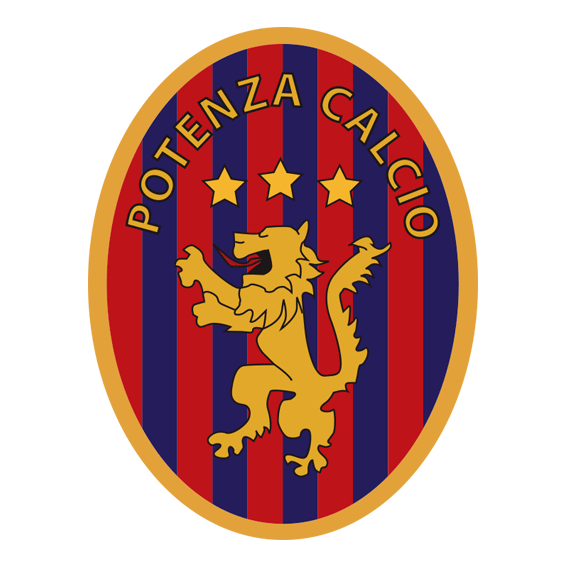
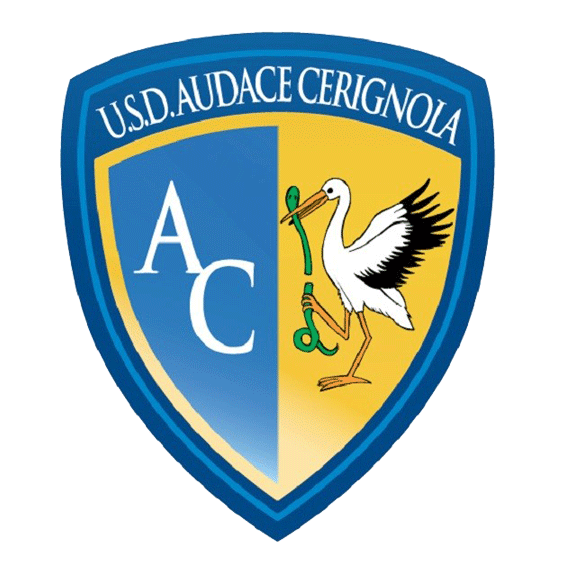
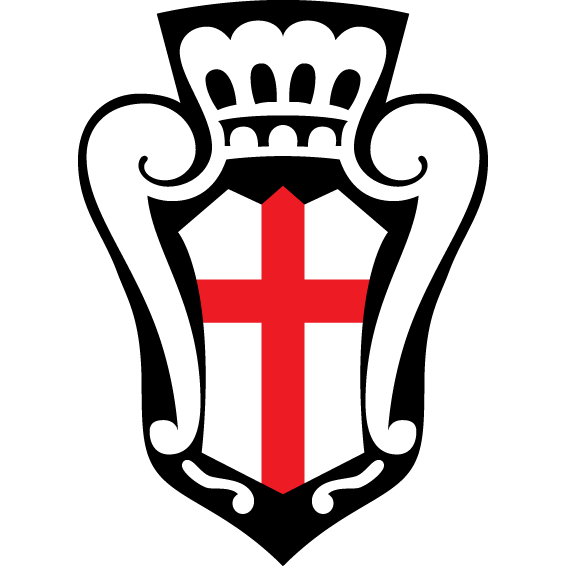
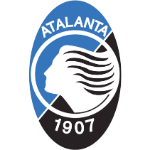
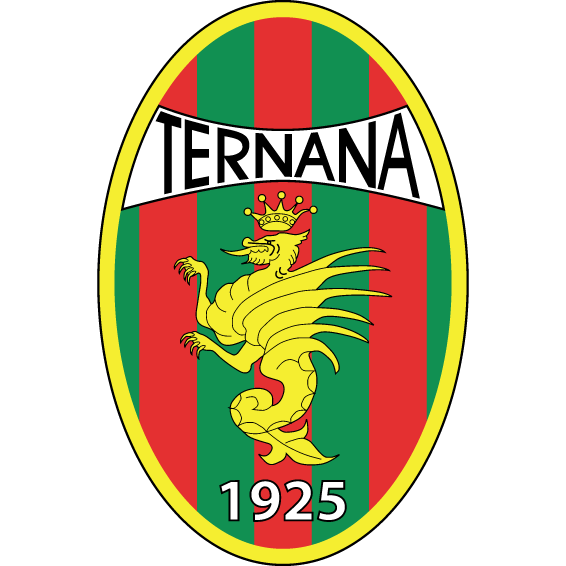
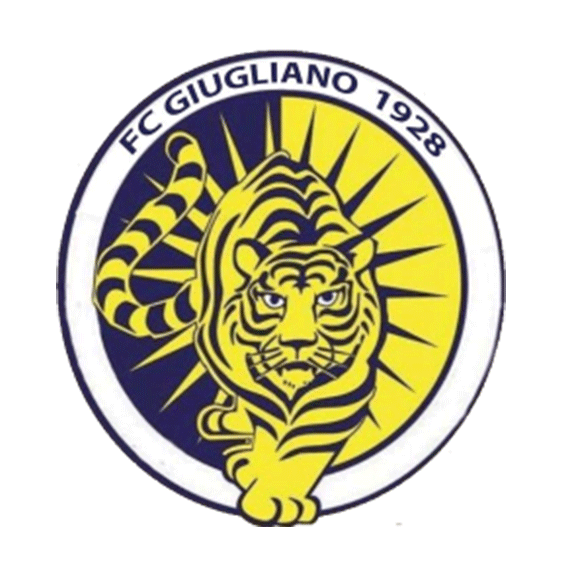


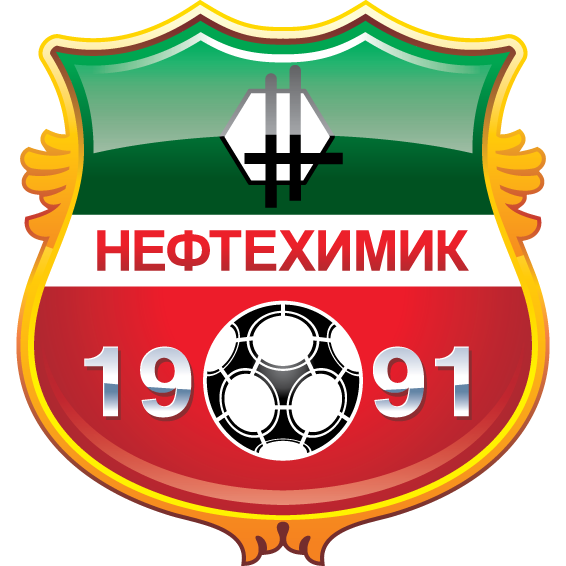
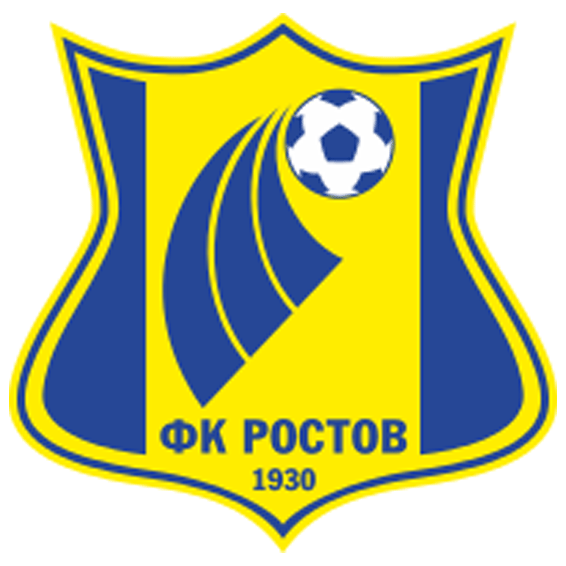







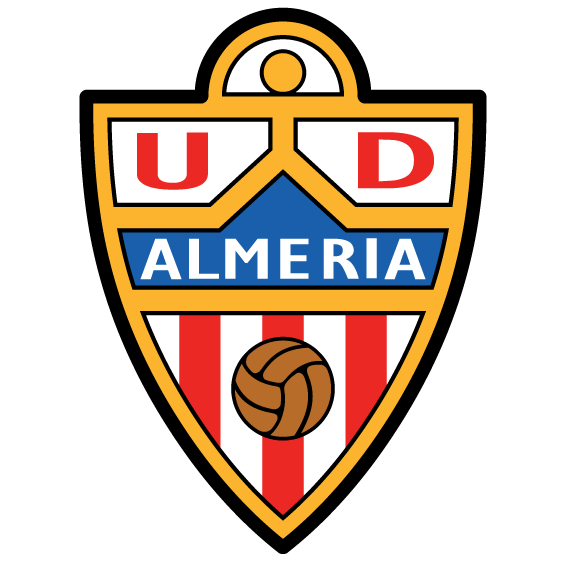
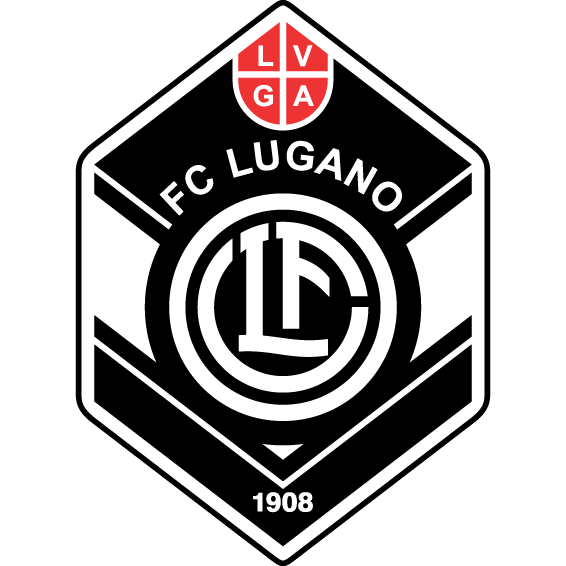



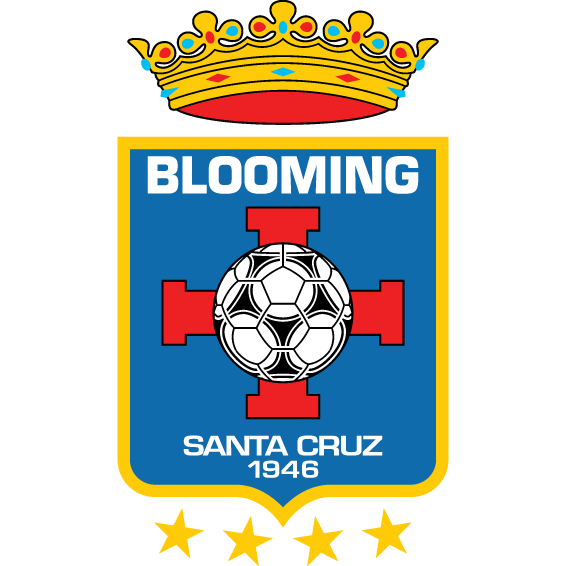

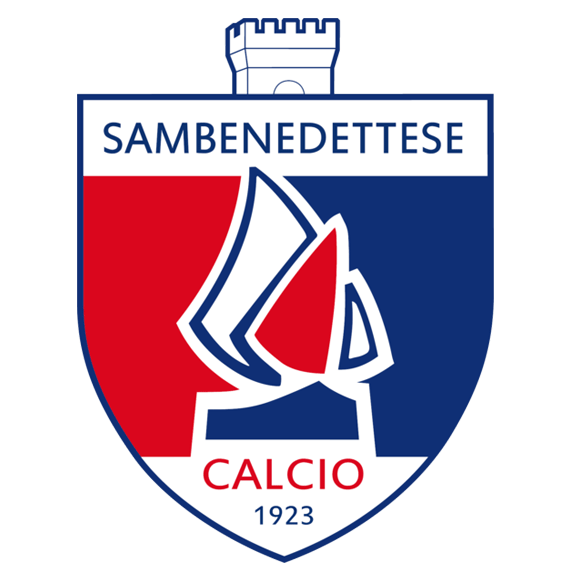

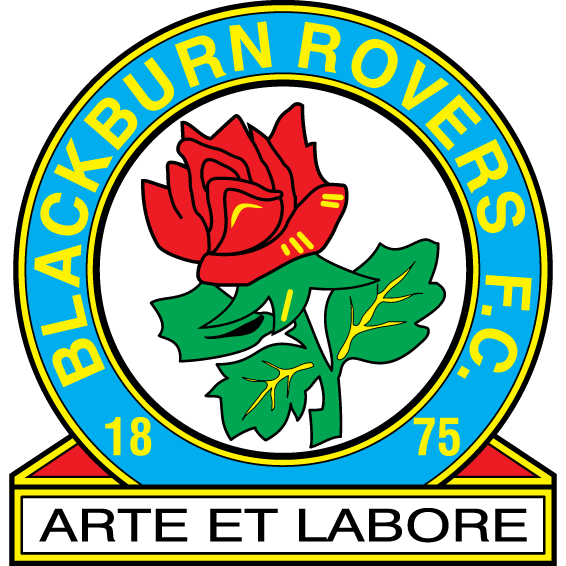
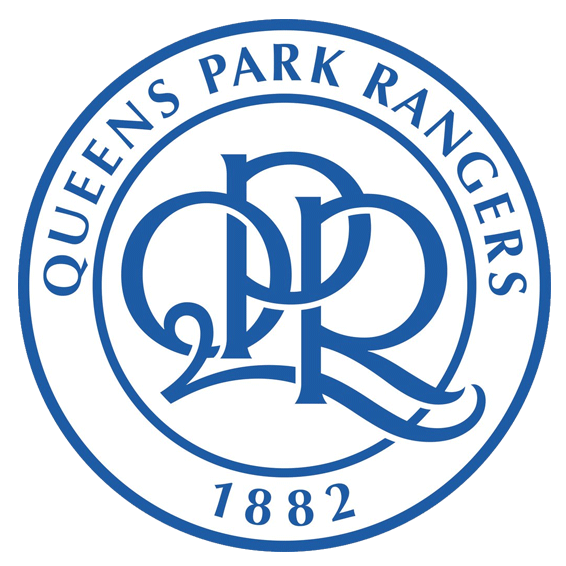
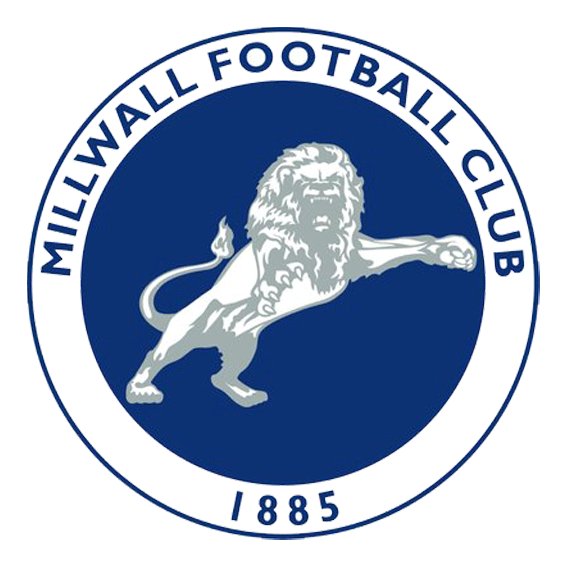




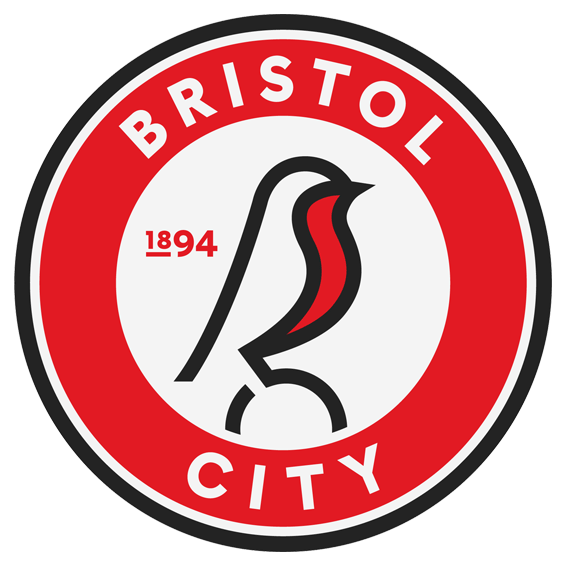
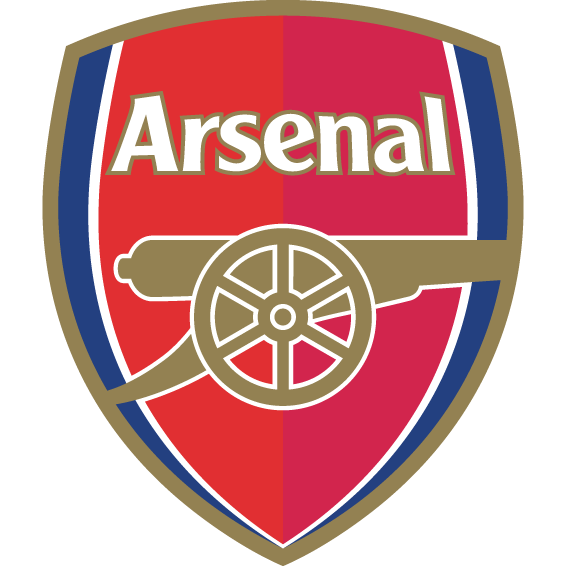
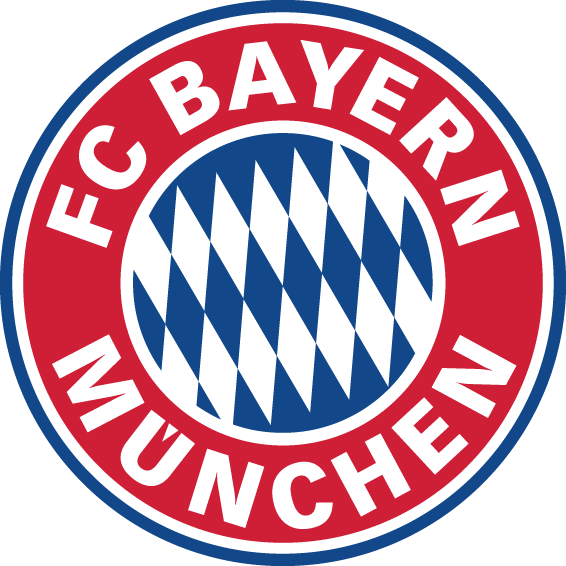
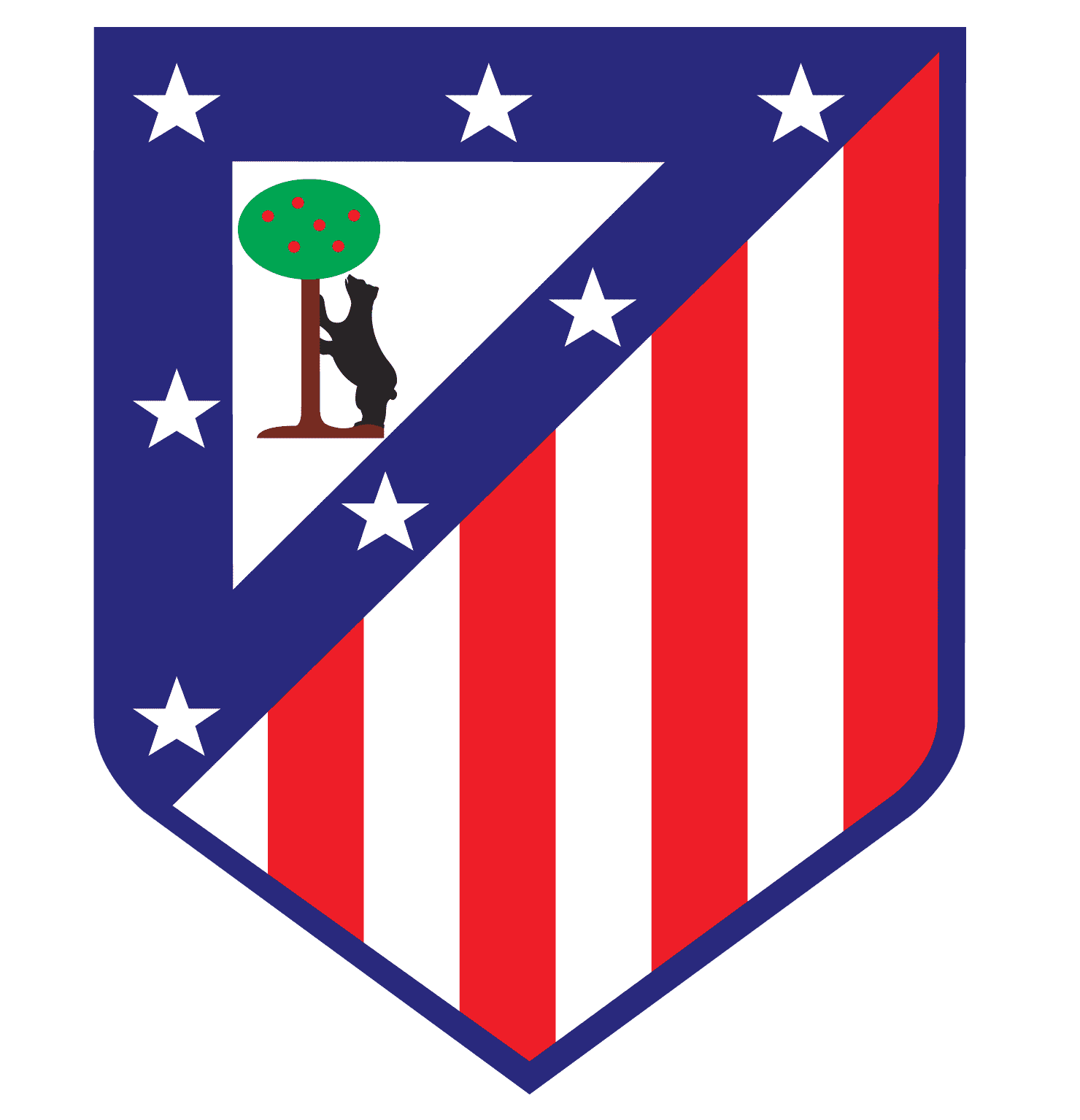
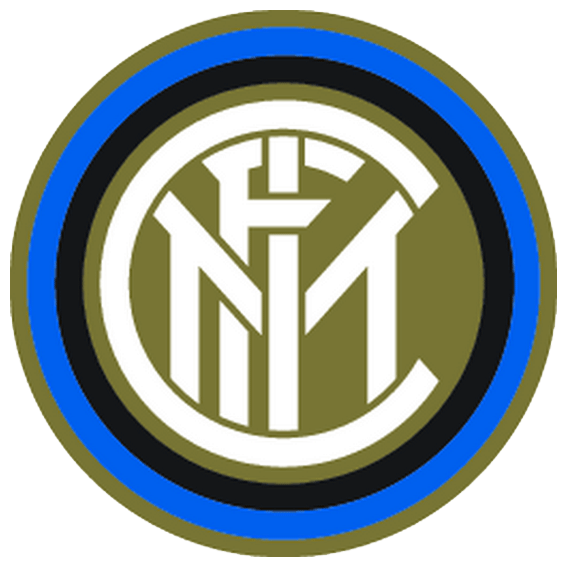
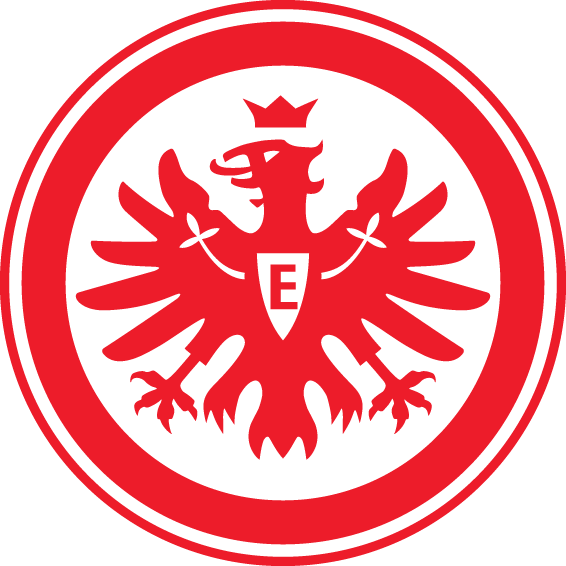
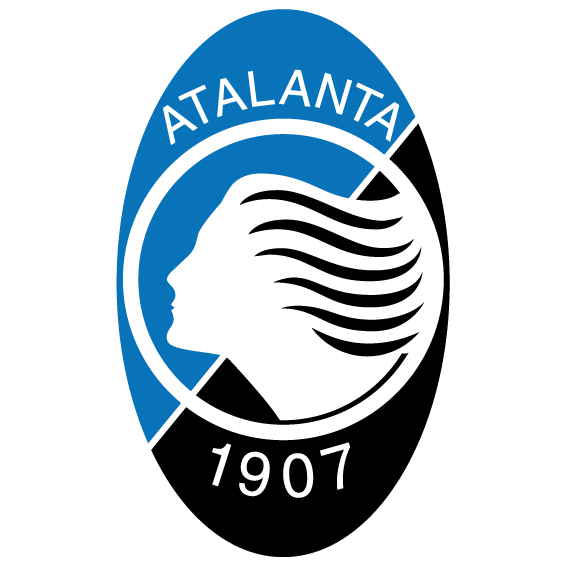
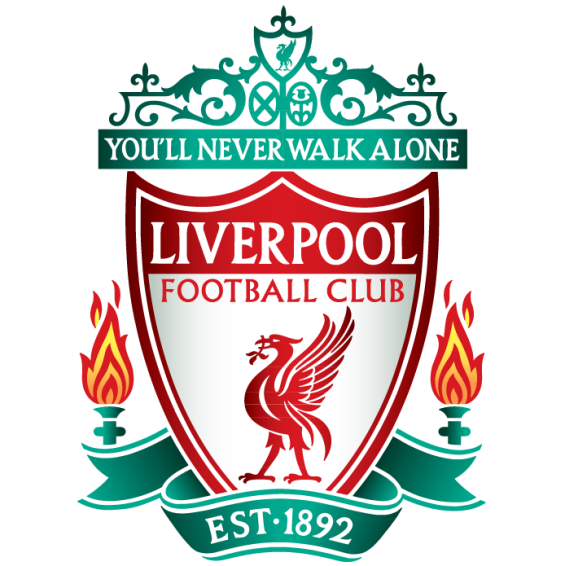
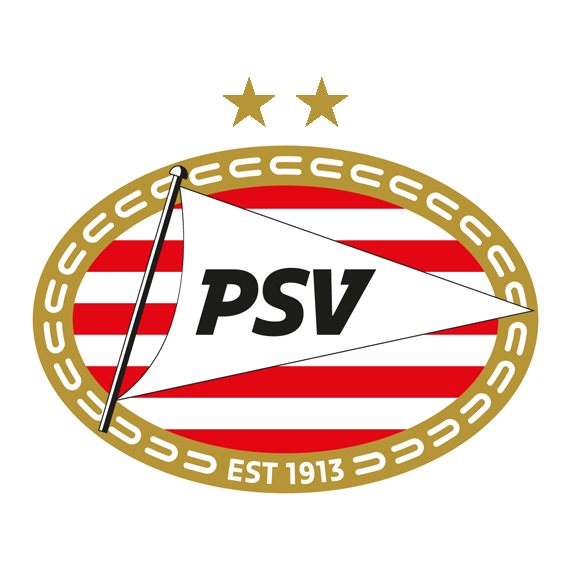
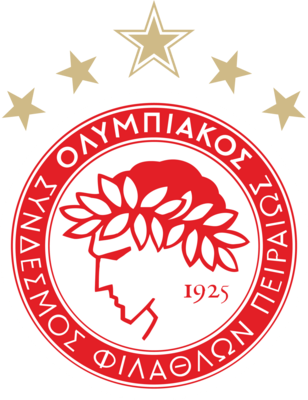


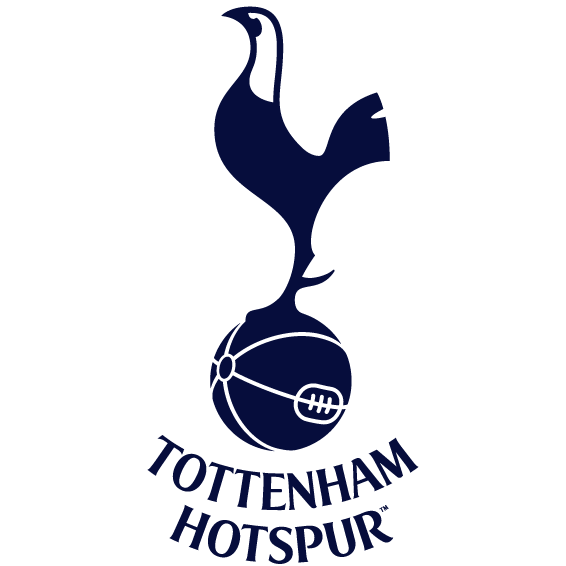



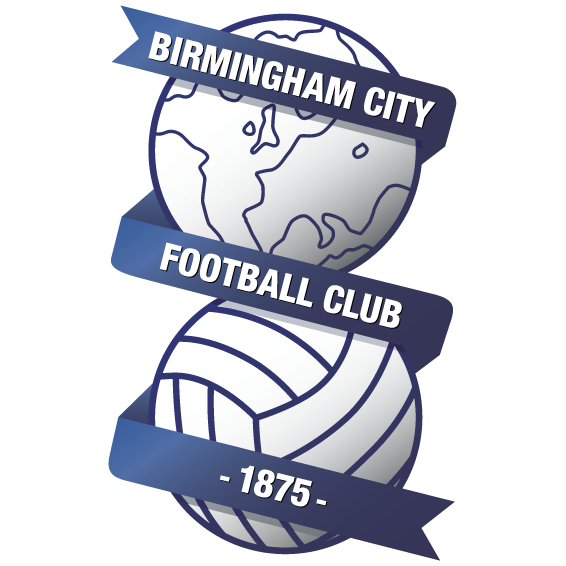

























There are no comments yet. Be the first to comment!